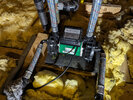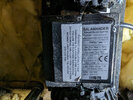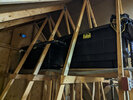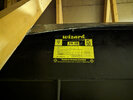- Joined
- 8 Feb 2024
- Messages
- 30
- Reaction score
- 2
- Country

I'm not a first time poster here, but it's been a while and I can't find the correct login details!
I'm in Scotland in a rural property and have a well water feed. Finding a plumber here is next to impossible - seriously. So I'm left with no alternative than to attempt a much needed revamp of our well water supply. I've had a few properties like this, so I'm used to the system needed, but other than changing the media and UV bulb this is going to be a challenge for my basic plumbing experience. Rather than me going into too much detail from the start, is there anyone here who may be able to offer advice? I know this is an area where I may find it hard to find someone with experience as a quick search on the web highlights.
Thanks
I'm in Scotland in a rural property and have a well water feed. Finding a plumber here is next to impossible - seriously. So I'm left with no alternative than to attempt a much needed revamp of our well water supply. I've had a few properties like this, so I'm used to the system needed, but other than changing the media and UV bulb this is going to be a challenge for my basic plumbing experience. Rather than me going into too much detail from the start, is there anyone here who may be able to offer advice? I know this is an area where I may find it hard to find someone with experience as a quick search on the web highlights.
Thanks




